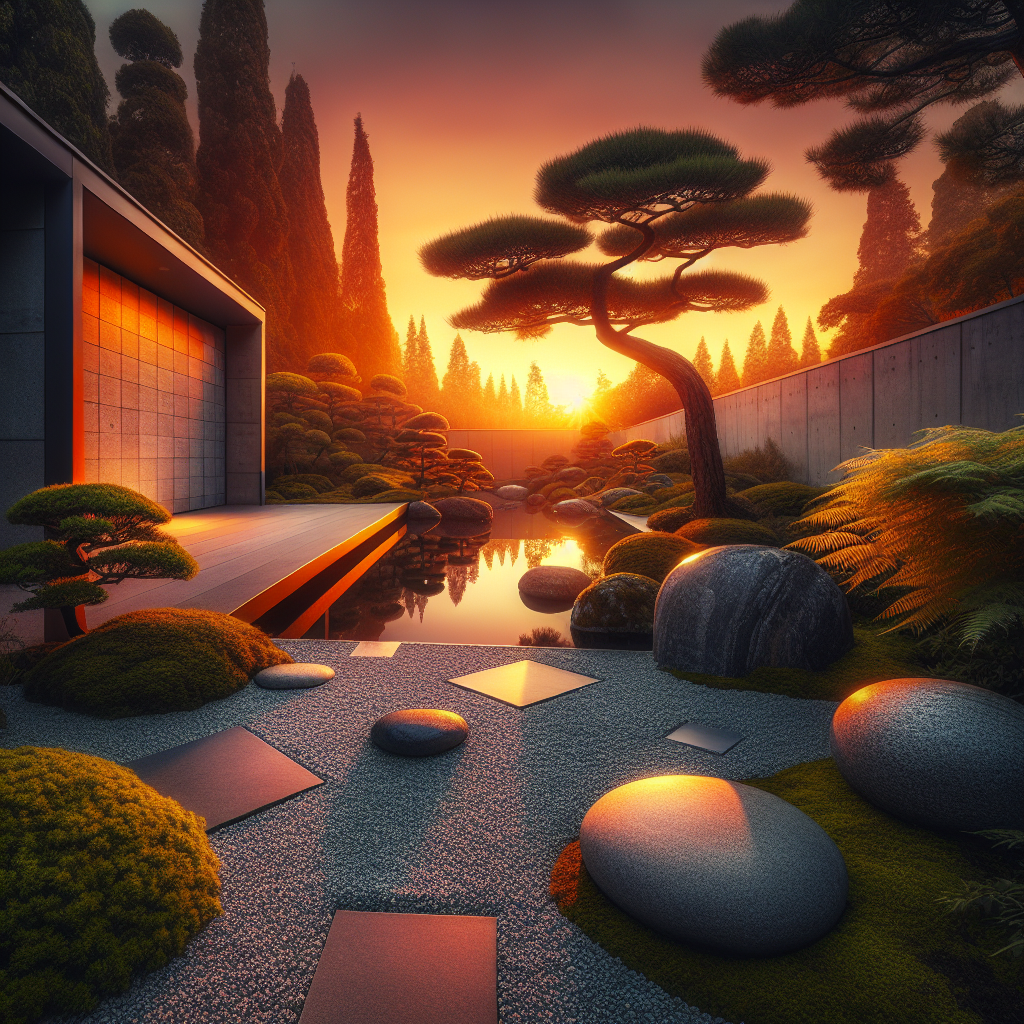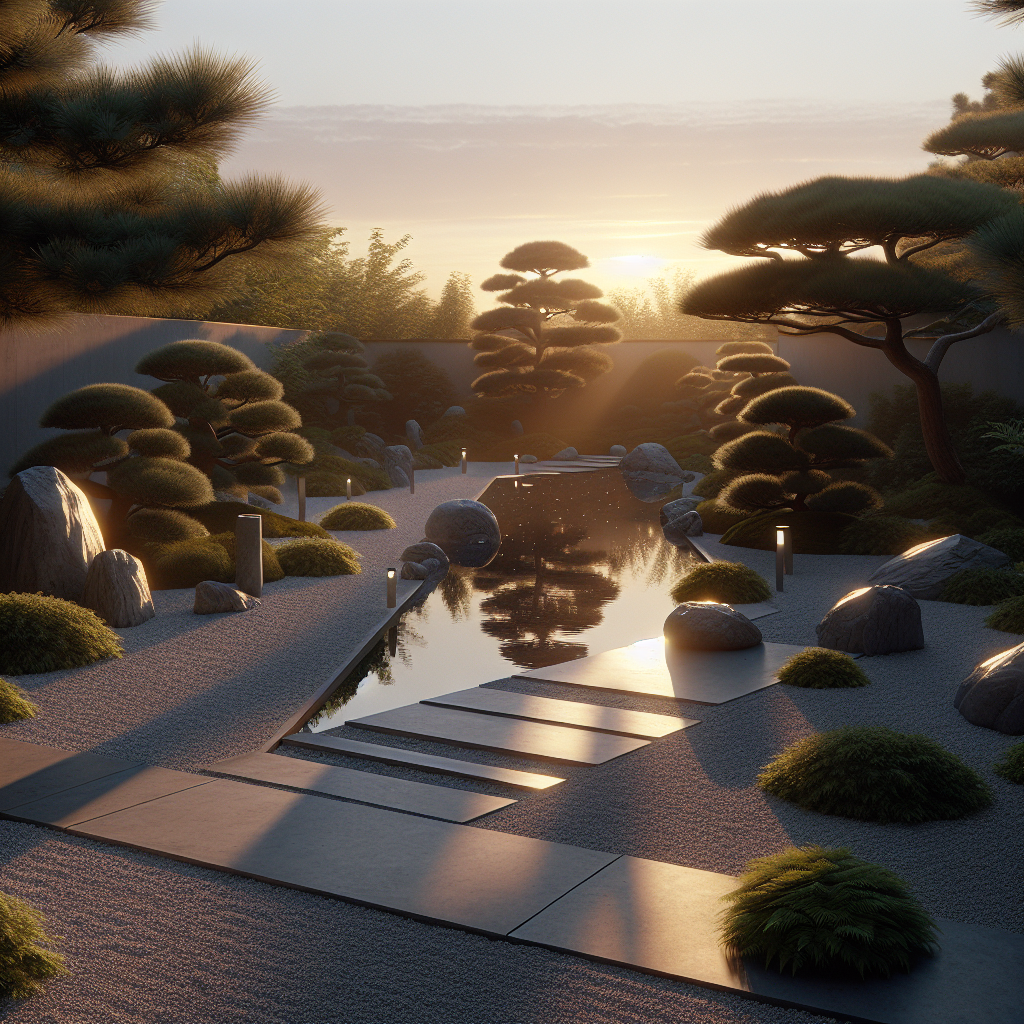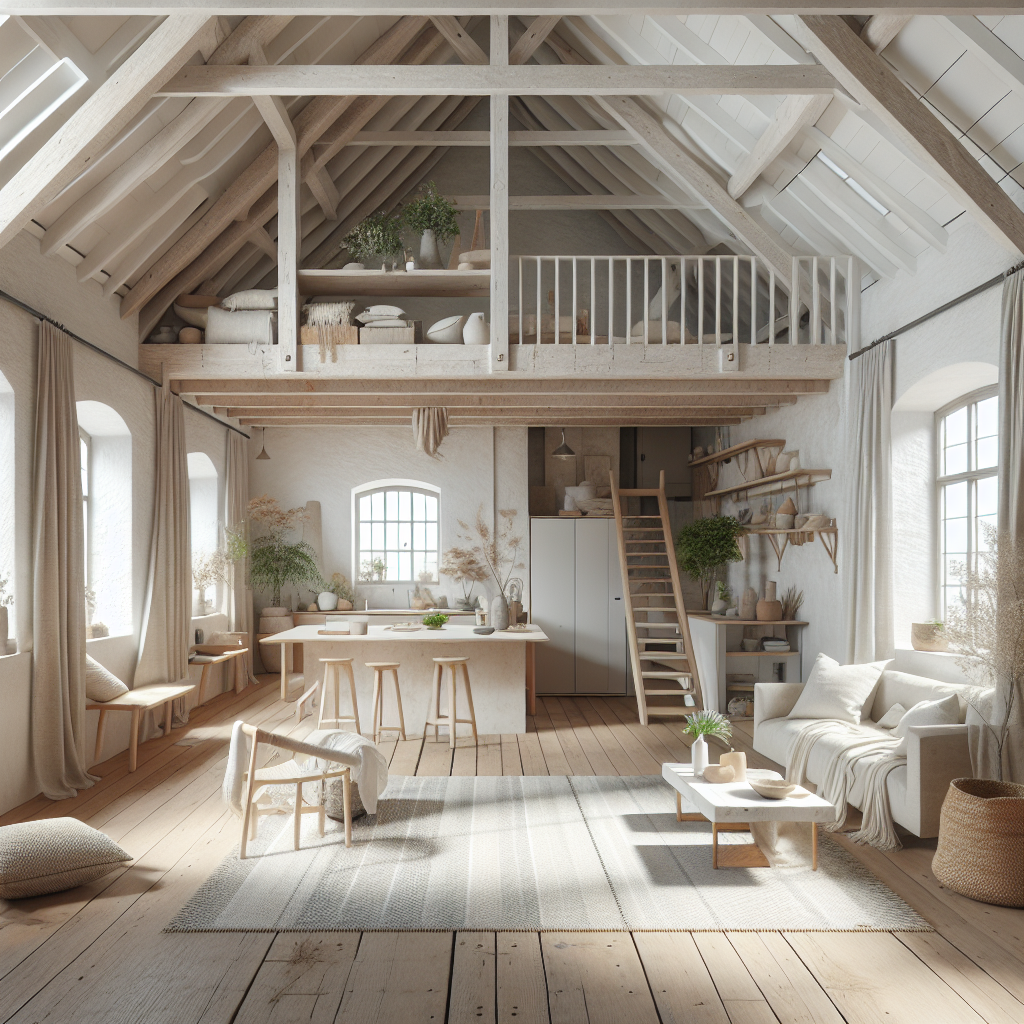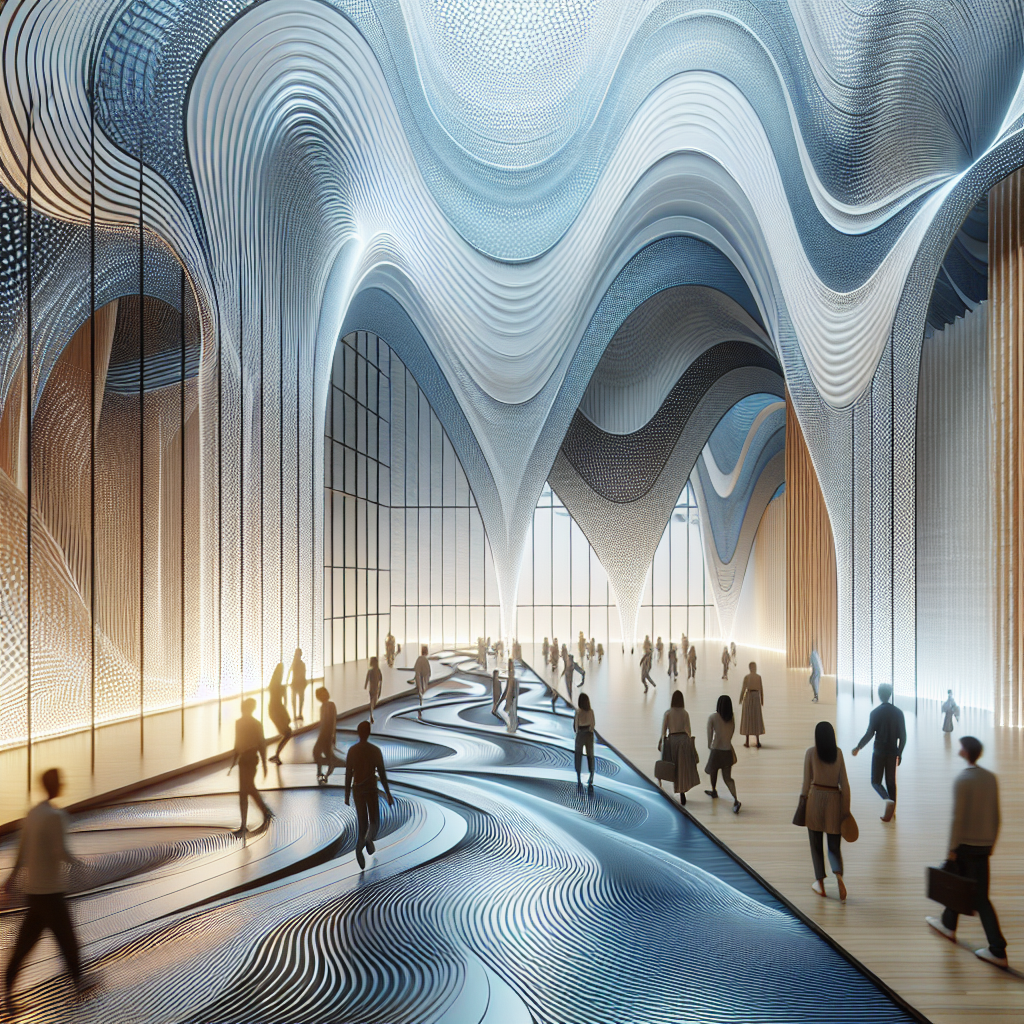Minimalist Landscaping: Creating Serene Outdoor Spaces
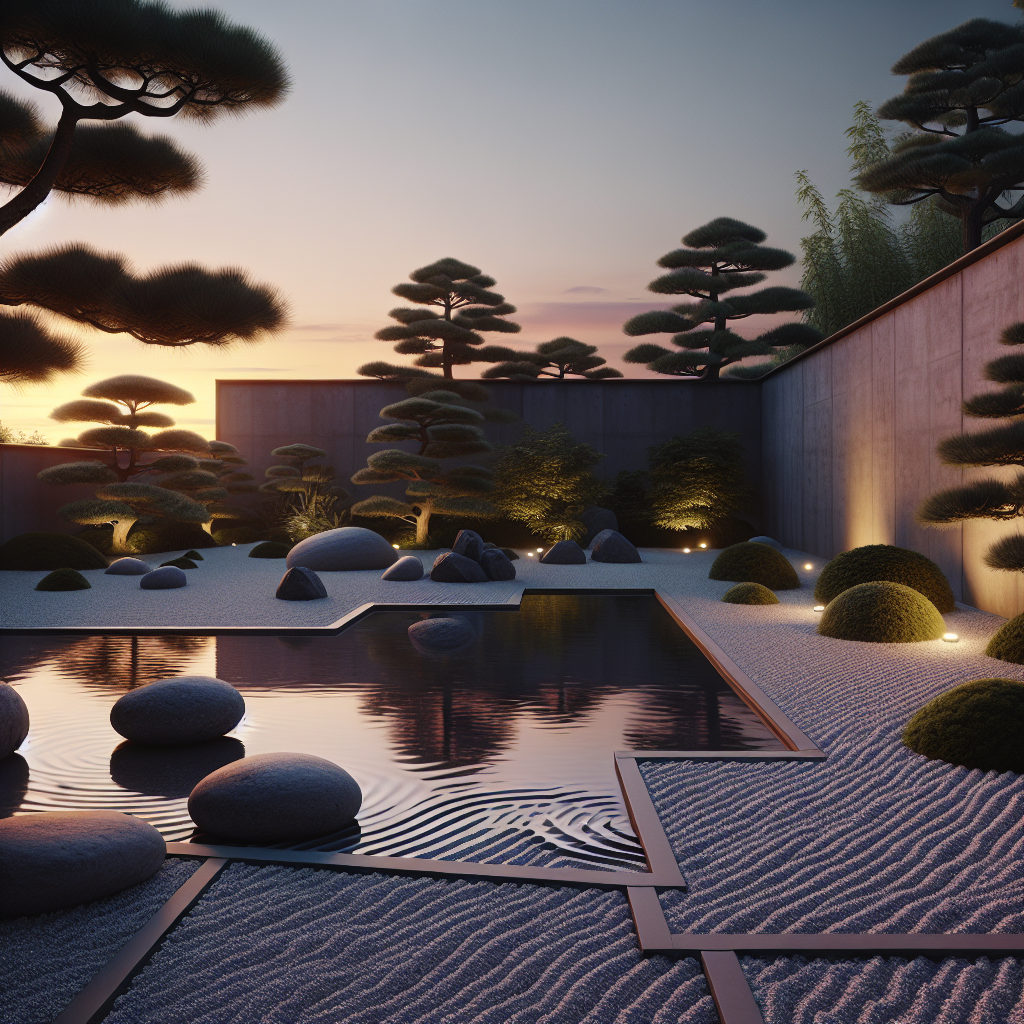
Embracing Tranquility: The Art of Minimalist Landscaping
In the bustling rhythm of contemporary life, the quest for serenity often leads us to the embrace of minimalist design. This philosophy, rooted in the Japanese concept of ‘Ma’—referring to the pure, and indeed essential, void between all things—has permeated the realms of interior design and, with a natural progression, has found its way into the outdoor spaces that surround our modern dwellings. Minimalist landscaping is not merely an aesthetic choice; it’s a deliberate pursuit of balance, simplicity, and harmony with nature.
As we delve into the principles of minimalist landscaping, we unearth a world where every stone, plant, and water feature is purposefully placed to create a serene outdoor space. The beauty of this approach lies in its restraint, its unspoken invitation to pause and reflect. It’s about sculpting the environment with a less-is-more attitude, ensuring that each element serves a function and possesses a beauty that stands out in the absence of clutter.
The Zen of Minimalist Garden Design
The Zen garden, or kare-sansui, is perhaps the epitome of minimalist landscaping. Originating in medieval Japan, these gardens were designed for contemplation and meditation. Today, they inspire modern minimalist landscapes, encouraging a seamless flow between the built environment and the natural world. The use of raked gravel to represent water, and carefully chosen rocks to symbolize mountains or islands, is a testament to the minimalist ethos of suggesting rather than elaborating.
Creating a minimalist garden is not about the mere reduction of elements, but about finding the essence of nature. Plants are chosen for their shape, texture, and the shadows they cast, rather than their color or bloom. The emphasis on evergreens in a minimalist palette ensures year-round tranquility and a constant connection with nature, a theme explored in Evergreen Design Principles.
Materials and Textures in Minimalist Landscaping
The choice of materials in minimalist landscaping is paramount. Each selection must resonate with the overarching theme of tranquility. Natural materials such as stone, wood, and gravel are staples in the minimalist garden. They blend seamlessly with the environment, aging gracefully and acquiring a patina that tells a story of time and the elements.
Textures play a crucial role as well. The juxtaposition of smooth concrete with the roughness of bark or the delicate fronds of a fern creates a sensory experience that invites touch and contemplation. This tactile dimension adds depth to the minimalist landscape, an aspect that is thoughtfully discussed in the article The Texture of Time in Design.
Water Features: The Sound of Silence
In the minimalist landscape, water features are more than decorative; they are transformative. The gentle sound of water trickling over rocks or the reflective surface of a still pond can alter the ambiance of a space, imbuing it with a sense of peace and stillness. These features are not ostentatious; they are integrated into the landscape with a subtlety that respects the minimalist tenet of understatement.
Water, in its elemental simplicity, becomes a mirror for the sky, a dynamic canvas that changes with the light and weather. It’s a living element that brings movement and sound into the garden, enhancing the sensory experience of the space. The importance of water in design is beautifully captured in the piece Water as a Muse in Architecture.
Lighting: Illuminating Minimalism
As the sun dips below the horizon, the minimalist landscape is subtly transformed by the art of lighting. The interplay of light and shadow becomes the painter’s brush, highlighting architectural features, casting intriguing patterns, and guiding the eye through the space. The lighting is deliberate, designed to enhance the natural beauty of the garden without overwhelming it.
LEDs, with their energy efficiency and compact size, are often the lighting of choice. They can be tucked away, unseen, their light washing over a wall or illuminating a path. The goal is to create a nocturnal ambiance that feels natural, as if moonlight itself were casting a gentle glow over the garden.
Minimalist Landscaping as a Reflection of Lifestyle
Adopting a minimalist approach to landscaping is more than a design decision; it’s a reflection of a lifestyle choice. It speaks to a desire for calm and clarity in one’s environment. The minimalist garden is an extension of the home, a living space that is both functional and beautiful, devoid of unnecessary ornamentation.
The simplicity of the design requires meticulous planning and an understanding of space. Each element, from the placement of a bench to the pruning of a tree, is considered in relation to the whole. The result is a landscape that feels intentional, a sanctuary that exists in harmony with both the architecture it complements and the nature it emulates.
Final Thoughts on Minimalist Landscaping
Minimalist landscaping is a testament to the power of simplicity. It’s a design philosophy that strips away the superfluous to reveal the beauty of the bare, the unadorned. In the stillness of a minimalist garden, one finds a space that is at once both profoundly personal and universally serene.
The principles of minimalist landscaping are timeless, transcending trends and fads. They are rooted in an understanding of the natural world and our place within it. As we continue to seek balance in our lives, the minimalist landscape offers a blueprint for outdoor spaces that are not only aesthetically pleasing but also spiritually fulfilling.
For those who wish to delve deeper into the realm of design and architecture, a wealth of knowledge awaits in the curated articles and discussions found on mainifesto.com. It is a resource for the discerning reader who seeks to understand the nuances of creating spaces that resonate with the essence of minimalism and the art of living well.

